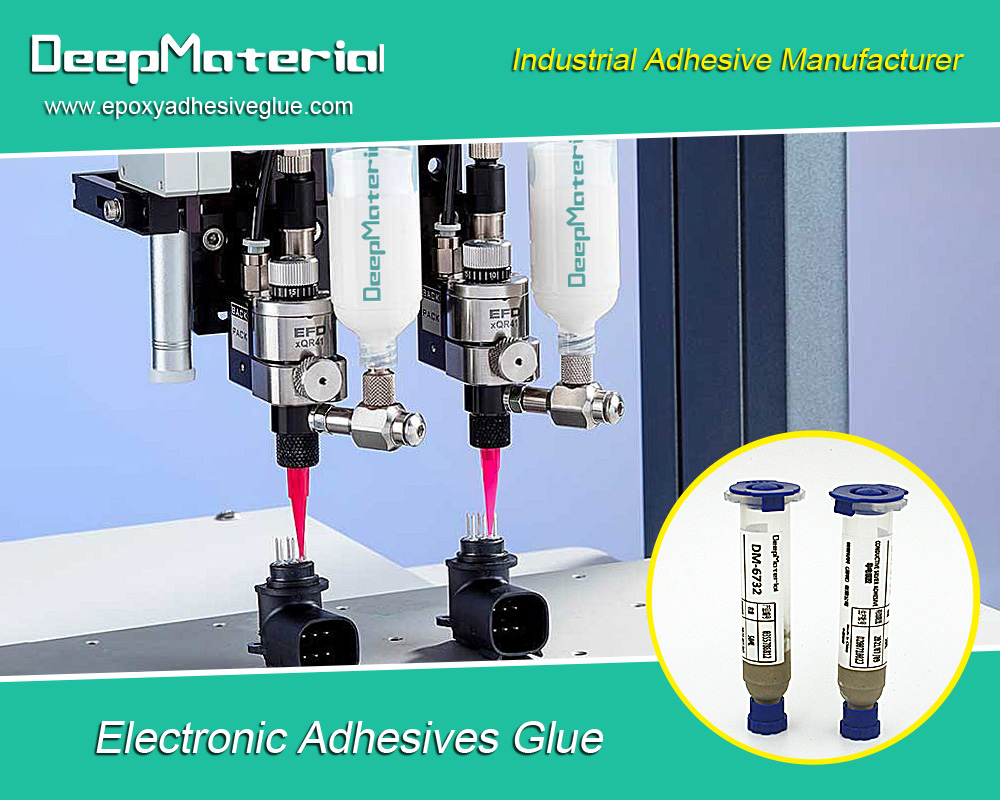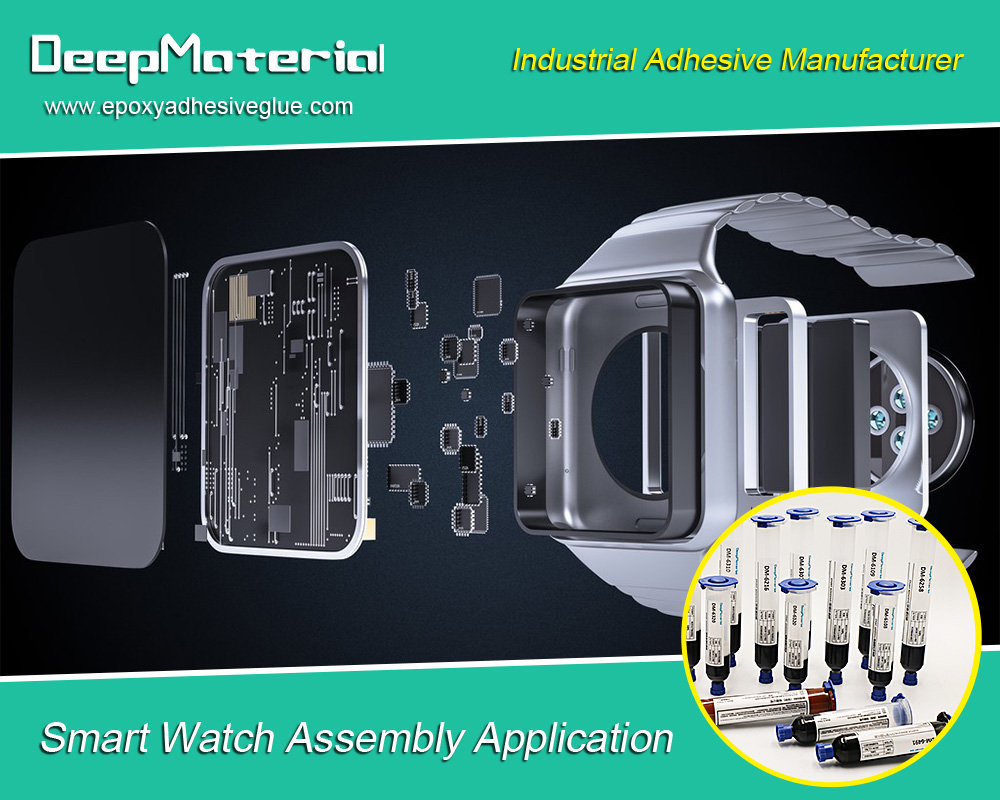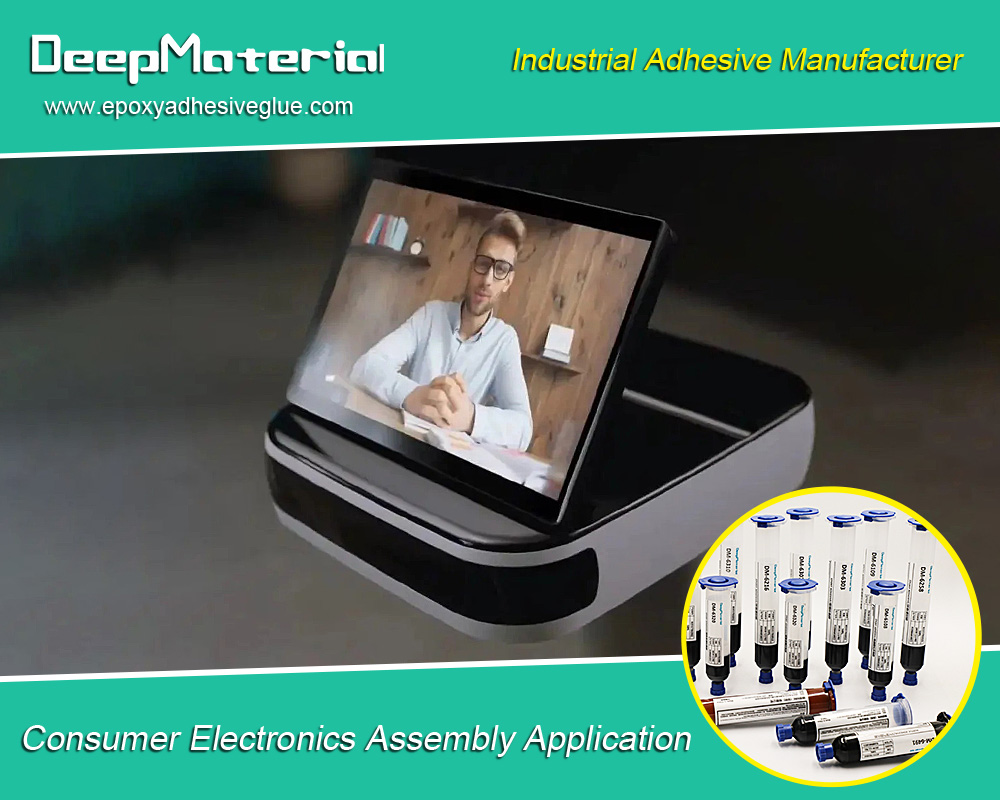The Ultimate Guide to the Best Epoxy Glue for Plastic: Top Choices and Tips
The Ultimate Guide to the Best Epoxy Glue for Plastic: Top Choices and Tips
Epoxy glue is renowned for its exceptional bonding strength and versatility, making it a go-to solution for many DIY projects and repairs. Finding the proper epoxy can make a difference in achieving a durable and long-lasting bond on plastic. This comprehensive guide will explore the best epoxy glues for plastic, discuss their unique features, and offer tips for achieving the best results.
What is epoxy glue?
Epoxy glue is a powerful adhesive composed of two components: a resin and a hardener. When mixed together, these elements undergo a chemical reaction, creating a strong, durable bond. Epoxy glue is known for its exceptional bonding strength and resistance to environmental factors such as heat, moisture, and chemicals. This versatility makes it suitable for various materials, including metals, wood, ceramics, and plastics. Its ability to create a robust, long-lasting bond makes it a preferred choice for industrial applications and DIY repairs.
Why Choose Epoxy Glue for Plastic?
Epoxy glue is a top choice for bonding plastic due to its exceptional performance and versatility. Here are some compelling reasons why it stands out:
- Strong Adhesion:Epoxy glue forms a robust and durable bond with various plastics. Its chemical composition allows it to penetrate and adhere firmly to the surface, ensuring the plastic pieces stay joined even under stress or impact.
- Versatility:Epoxy glue works well with different types of plastic, including PVC, acrylic, polycarbonate, and more. This versatility makes it an ideal solution for various applications, from household repairs to industrial uses.
- Durability:Once cured, epoxy glue creates a bond resistant to moisture, chemicals, and temperature fluctuations. This adhesive suits indoor and outdoor projects and can withstand harsh environmental conditions.
- Strength and Stability:Epoxy adhesive is known for its high strength and load-bearing capacity. It can handle significant stress without breaking or weakening, making it perfect for projects that require a long-lasting and reliable bond.
- Gap-Filling Ability:Epoxy glue has excellent gap-filling properties, which is particularly useful when working with uneven or irregular surfaces. It can fill small gaps and cracks, ensuring a seamless and robust connection between plastic parts.
- Ease of Use:Epoxy glue is relatively easy to apply. Most products come with a two-part system consisting of a resin and a hardener. When mixed, these components create a strong adhesive with a manageable working time, allowing for precise application and adjustment before it sets.
- Aesthetic Results:Once cured, epoxy glue dries clear and can be sanded or painted over, providing a clean and professional finish. A smooth, inconspicuous bond is especially beneficial for projects where appearance matters.
- Chemical Resistance:Epoxy glue strongly resists various chemicals, including oils, solvents, and acids. The adhesive’s durability makes it a reliable choice for applications where the bonded plastic will be exposed to harsh substances.

How to Apply Epoxy Glue to Plastic
Applying epoxy glue to plastic can be straightforward if you follow the right steps. The proper application ensures a solid and durable bond. Here’s a guide to help you through the process:
Prepare the Surface
- Clean the Surface:Ensure the plastic surfaces are clean and free from dust, grease, or oil. Use a mild detergent and water to clean the area, followed by thoroughly drying with a cloth or paper towel.
- Sand the Surface:Lightly sand the areas to be bonded with a fine-grit sandpaper. To improve the epoxy’s adhesion, slightly roughen the surface by sanding. After sanding, use a dry cloth to clean away any dust.
Mix the Epoxy
- Read Instructions:Follow the manufacturer’s instructions for mixing the epoxy. Typically, you must combine equal parts of the resin and hardener.
- Use a Mixing Tool:Use a clean, disposable tool or container to mix the epoxy. Stir the resin and hardener thoroughly until the mixture is uniform in color and consistency.
Apply the Epoxy
- Apply a Thin Layer:Using a small brush or applicator, apply a thin, even layer of the mixed epoxy to one of the surfaces. Be careful not to apply too much, as it can cause excess glue to squeeze out when the surfaces are pressed together.
- Join the Surfaces:Press the two plastic pieces together, ensuring they are aligned correctly. Hold them in place for a few minutes to allow the epoxy to begin setting.
Secure and Cure
- Clamp if Necessary:For best results, use clamps or weights to hold the pieces together while the epoxy cures. Maintaining pressure helps ensure a strong bond.
- Allow to Cure:Let the epoxy cure at the manufacturer’s recommended time, usually 24 hours. Avoid moving or disturbing the bonded pieces during this period.
Finish Up
- Remove Excess Glue:If any epoxy has squeezed out around the edges, carefully remove it with a razor blade or a cloth while still soft. Once fully cured, excess glue can be sanded off.
- Inspect the Bond:After the epoxy has fully cured, check the bond to ensure it’s solid and secure. The bond should be firm and show no signs of separation or weakness.
Tips for Best Results
To achieve the most robust and most durable bond when using epoxy glue on plastic, consider the following tips:
Choose the Right Epoxy
- Match the Plastic Type:Select an epoxy specifically designed for the type of plastic you work with. Some epoxies are formulated for general use, while others are tailored for specific plastics like polyethylene or polycarbonate.
- Check for Compatibility:Ensure the epoxy is compatible with the plastic material and the conditions it will be exposed to, such as moisture or chemicals.
Prepare the Surface Thoroughly
- Clean the Surface:Remove contaminants from the plastic surface, including dirt, grease, and oil. Use a cleaner suitable for plastics or a mixture of water and mild soap, followed by drying with a lint-free cloth.
- Sand the Surface:Lightly sand the plastic where the epoxy will be applied. Sanding creates a rough surface that enhances the epoxy’s adhesion and helps achieve a cleaner finish. After sanding, clean off any dust to ensure a clean bonding area.
Mix Epoxy Properly
- Follow Ratios:Adhere to the manufacturer’s recommended mixing ratios for the resin and hardener. Accurate measurement is crucial for achieving the desired strength and curing properties.
- Mix Thoroughly:Stir the epoxy mixture for the recommended time until it is uniform in color. Only complete mixing can lead to solid bonds or complete curing.
Apply Epoxy Correctly
- Use a Thin Layer:Apply a thin, even layer of epoxy to avoid excess glue squeezing out when the surfaces are pressed together. Maintaining pressure also helps achieve a cleaner finish.
- Align and Press:Ensure the plastic pieces are properly aligned before pressing them together. Apply gentle pressure to secure the bond, and hold the pieces in place if needed.
Cure the Bond Effectively
- Follow Curing Time:Allow the epoxy to cure for the full time specified by the manufacturer. To ensure a strong and stable bond, avoid handling or disturbing the bonded parts during this period.
- Maintain Ideal Conditions:Cure the epoxy in a well-ventilated area with stable temperature and humidity. Extreme conditions can affect the curing process and the final strength of the bond.
Finish the Bond
- Remove Excess Epoxy:Carefully trim or sand away any excess epoxy that oozes out. Achieving a neat appearance will prevent any potential interference with the joint.
- Inspect the Bond:Once fully cured, check the bond for signs of weakness or separation. A successful application should result in a firm and durable connection.
By following these tips, you can maximize the effectiveness of epoxy glue when working with plastic, ensuring a robust and long-lasting bond that meets your project needs.

Conclusion
Selecting the suitable epoxy glue for plastic is crucial for achieving solid and reliable results in your projects and repairs. Each epoxy option discussed—J-B Weld PlasticWeld, Gorilla Epoxy, and Loctite Plastics Bonding System—brings its strengths to the table, catering to various needs and preferences. By adhering to the recommended application methods and tips, you can ensure a durable and practical bond that withstands the demands of both everyday use and harsh conditions. Whether undertaking a repair or a creative DIY endeavor, using high-quality epoxy glue will provide the long-lasting, professional results you need.
For more about choosing the ultimate guide to the best epoxy glue for plastic: top choices and tips, you can pay a visit to DeepMaterial at https://www.epoxyadhesiveglue.com/category/epoxy-adhesives-glue/ for more info.











